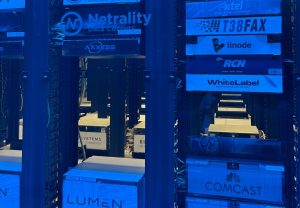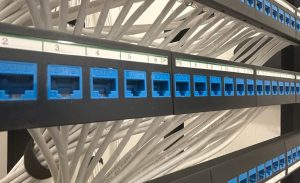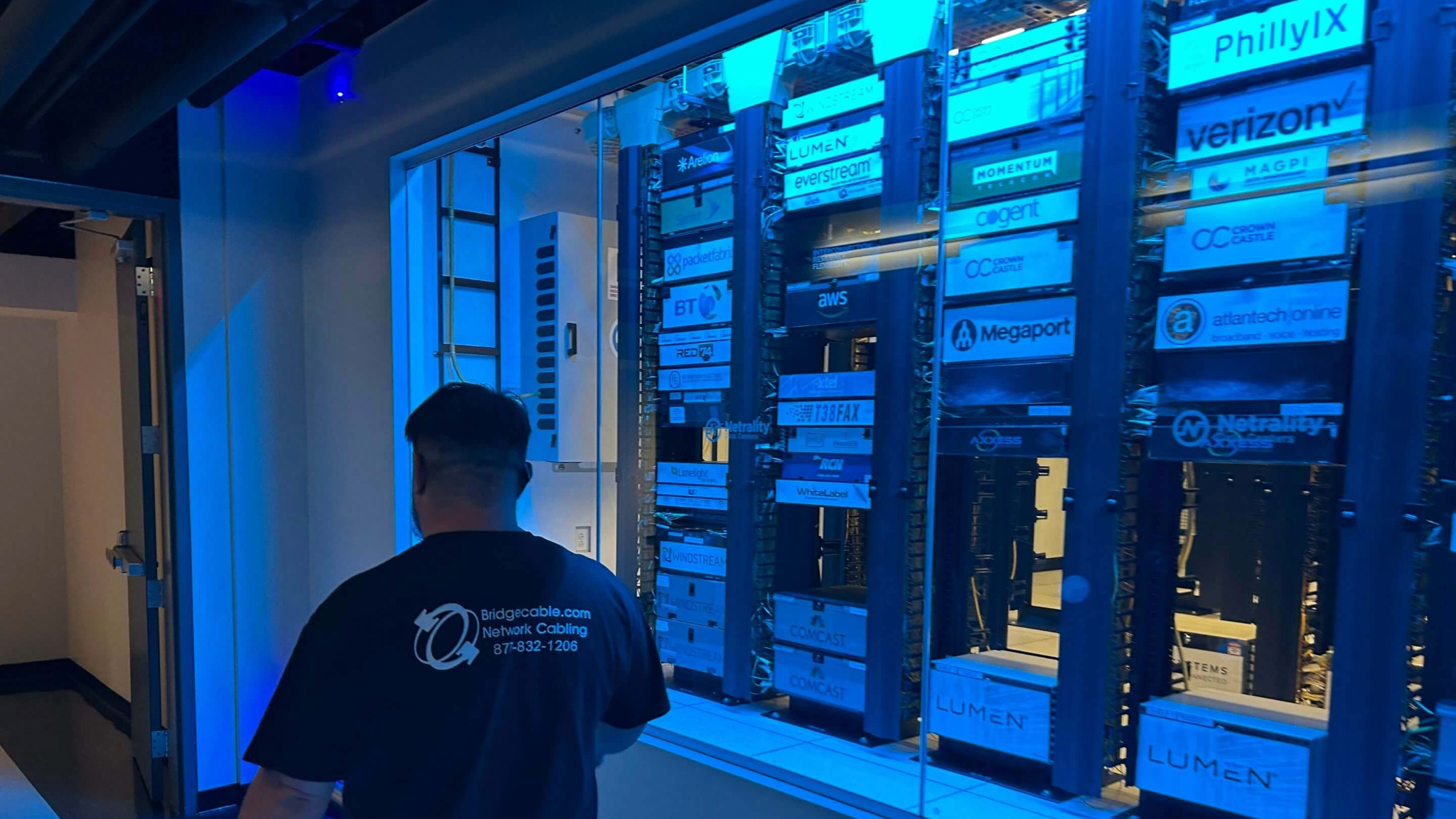How Data Centers Have Changed Over Time
In today’s hyper-connected world, data centers serve as the digital hubs powering everything from streaming services and cloud storage to enterprise operations and e-commerce. But how did we get here? To understand the monumental shift in information technology infrastructure, it’s essential to examine the evolution of data centers.
Early data centers differed significantly from today’s advanced operations in both scale and capability. The transformation has been driven by emerging technologies, with businesses continually adapting to meet the demands of modern digital infrastructure.

A Data Center
1. The Birth of Data Centers: Then
The earliest data centers trace back to the mainframe era of the 1950s and 60s, when large computers were stored in dedicated rooms with strict environmental control. These spaces required constant cooling and rigid access protocols, with physical storage taking up significant square footage. Most companies at the time relied on data centers hosted internally, meaning only large enterprises could afford such an investment.
Back then, the focus was on basic computing power, not speed or scalability. Networking infrastructure was minimal, and there was no internet as we know it. Early data centers ran batch processing tasks, often overnight, and operated in isolation without interconnectivity between systems.
2. The Shift in the 90s: Networking and the Internet Boom
The 1990s brought about a revolution in how data centers functioned. The birth of the internet meant that businesses and institutions had to be always online. This demand spurred the creation of colocation facilities, where multiple companies could rent space in a shared data center environment.
Network cabling, server racks, and IP connectivity became standard. Server rooms evolved into full-scale data centers with dedicated infrastructure, better airflow management, and increasing emphasis on uptime and reliability. The focus began shifting toward redundancy, disaster recovery, and scalable storage.
As more businesses went online, data centers expanded in both size and complexity, paving the way for modern-day cloud computing.
3. Modern-Day Data Centers: Now
Today’s data centers look nothing like their early counterparts. The rise of hyperscale facilities operated by tech giants like Amazon, Google, and Microsoft has redefined what data centers can do. These massive structures often house hundreds of thousands of servers and support billions of data requests daily.
Key innovations include:
-
Virtualization and cloud infrastructure allowing flexible resource allocation
-
Energy-efficient cooling systems and green energy initiatives
-
AI-driven monitoring for predictive maintenance and optimization
-
Modular designs for rapid scalability and custom deployments
Security has also reached new levels. Modern data centers have advanced physical and digital protections, including biometric access, surveillance systems, and 24/7 monitoring.

Cabling In A Data Center
4. The Role of Cloud and Edge Computing
A critical difference in today’s data centers is the shift from centralized to distributed architecture. With the rise of edge computing, processing is now happening closer to the end user, reducing latency and improving real-time performance.
Cloud service providers offer Infrastructure as a Service (IaaS) and Platform as a Service (PaaS), freeing businesses from owning physical hardware. These services are made possible through globally connected data centers, designed for high availability and instant scalability.
This has significantly changed the way businesses approach IT infrastructure—no longer do companies need to invest in their own data centers. Instead, they can lease compute power and storage as needed, paying only for what they use.
5. Environmental Impact and Sustainability
Sustainability is now a major focus in modern data centers. Older facilities consumed massive amounts of electricity, primarily due to inefficient hardware and traditional cooling systems. Today, green initiatives are changing the game.
Modern data centers aim to achieve Power Usage Effectiveness (PUE) ratios as close to 1.0 as possible—meaning almost all energy goes directly to computing rather than overhead.
6. Security and Compliance Advancements
In the past, security in data centers was mostly physical—locked doors, guards, and simple firewall configurations. Now, the landscape demands advanced cybersecurity protocols, especially with the increase in cyber threats and data breaches.
Modern data centers implement:
-
Multi-factor authentication and biometric access
-
End-to-end encryption
-
Real-time monitoring and anomaly detection
-
Strict compliance with global standards like ISO, SOC 2, HIPAA, and GDPR
For businesses, this means greater trust in storing sensitive data and improved customer confidence.
Why This Matters
With so much riding on data speed, reliability, and security, data centers will continue to be the engine room of our digital world. Companies that adapt early will position themselves for long-term success in a data-driven economy.
Understanding how data centers have evolved helps organizations make smarter IT decisions. From centralized mainframes to global cloud systems, the transformation reflects how technology, efficiency, and demand shape infrastructure over time.
If your business relies on uptime, data processing, or cloud applications, keeping up with data center trends isn’t just useful—it’s essential.
For help with any project or installation in the New Jersey or Philadelphia area please call us at 877-832-1206.
For more ideas please visit – https://www.bridgecable.com/services/
For more information and educational content please visit:
https://www.youtube.com/@BridgeCable
Copyright © 2025 Bridge Cable. All rights reserved.
Mailing: 2745 Terwood Road, Willow Grove, PA 19090
Warehouse: 2066 W. Hunting Park Ave, STE 308, Philadelphia, PA 19140
Related Posts

2025 Structured Cabling Upgrades: Transform Your Data Center

Door Access Control: A Comprehensive Guide to Securing a Data Center

